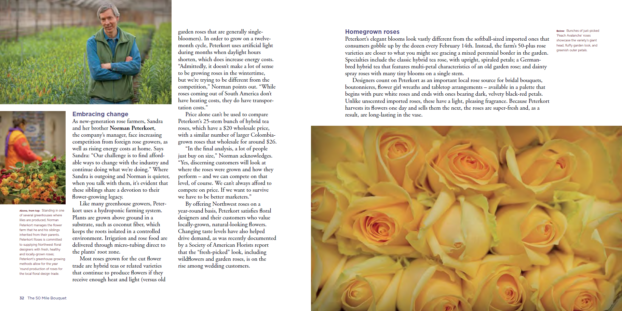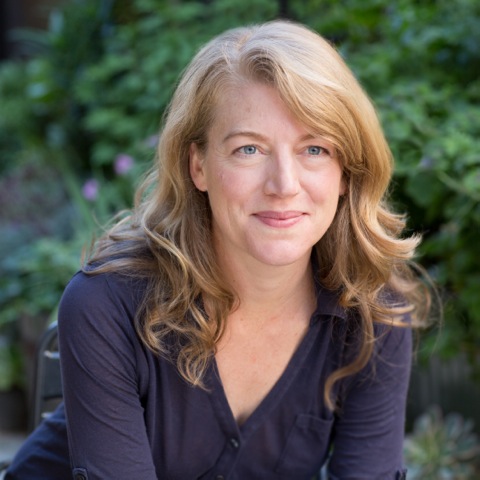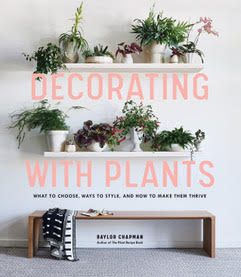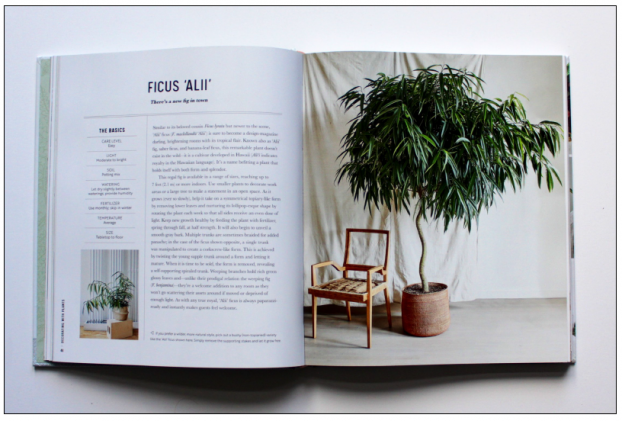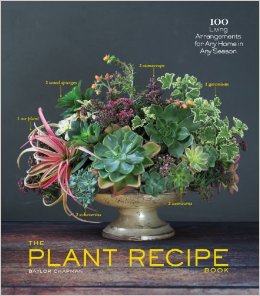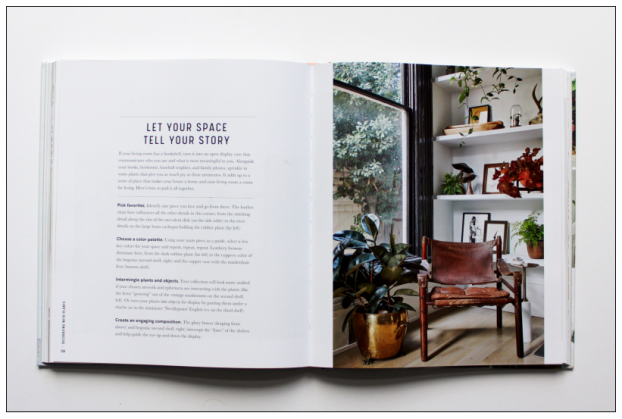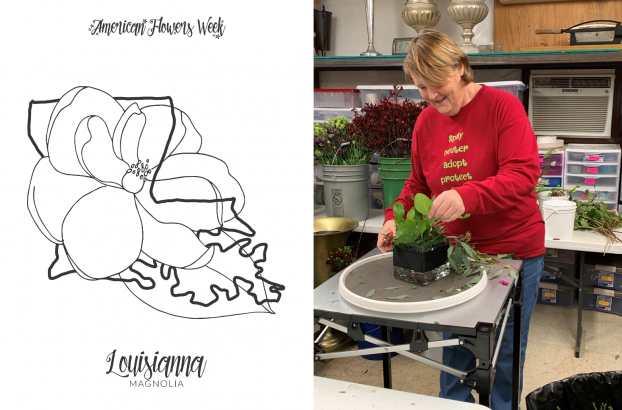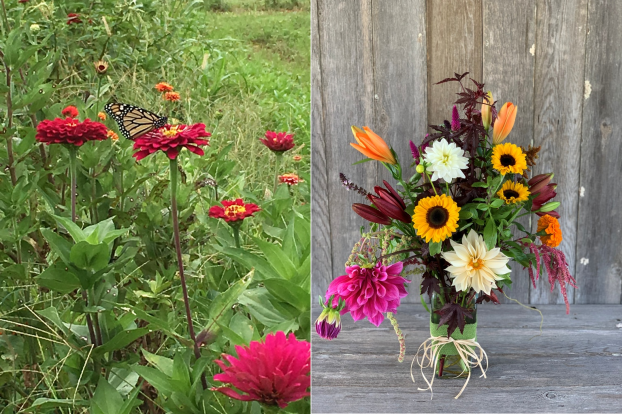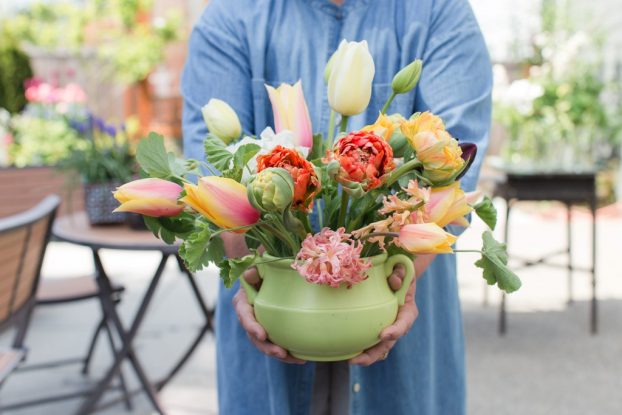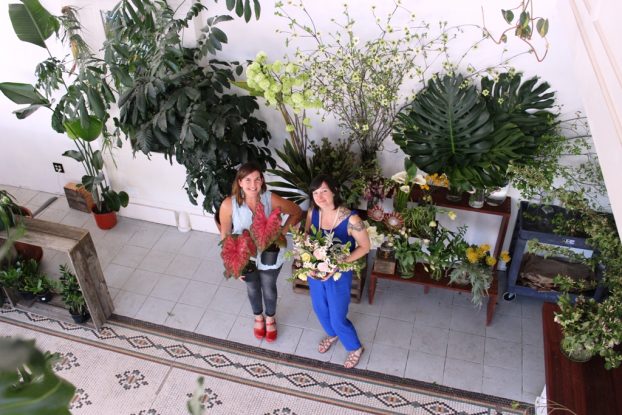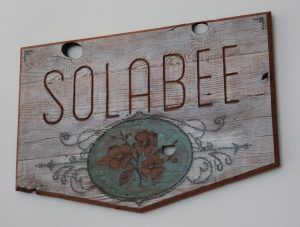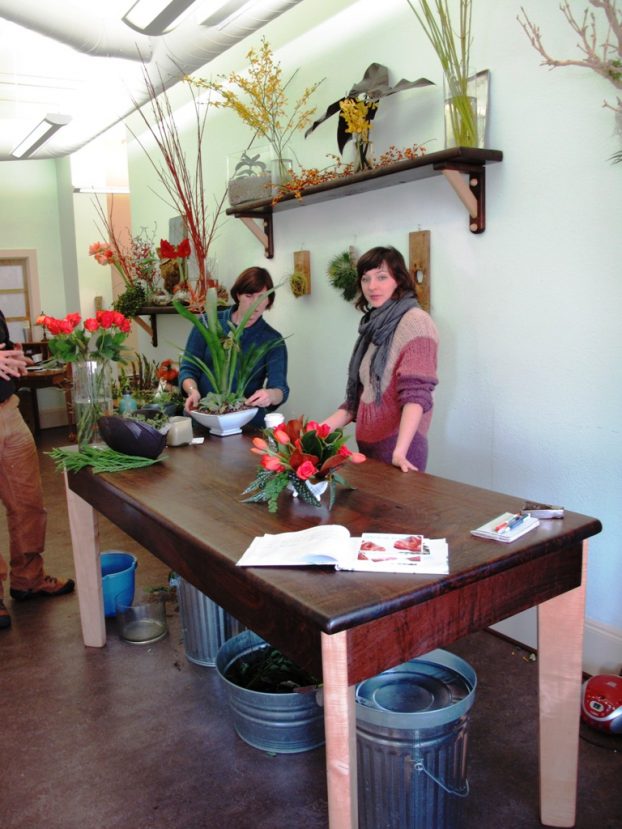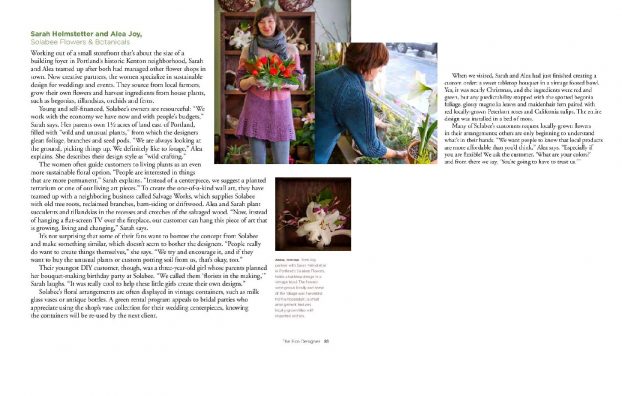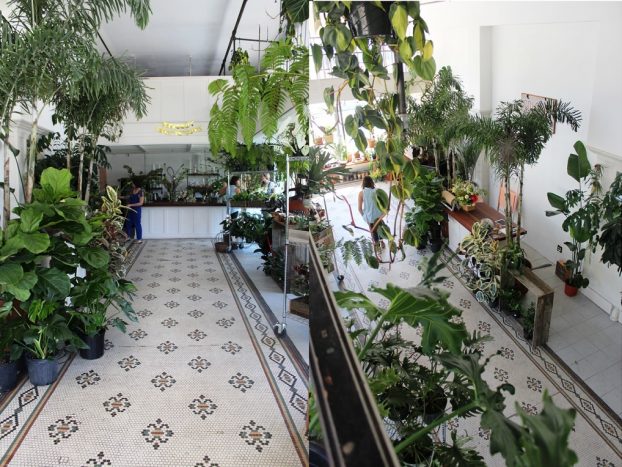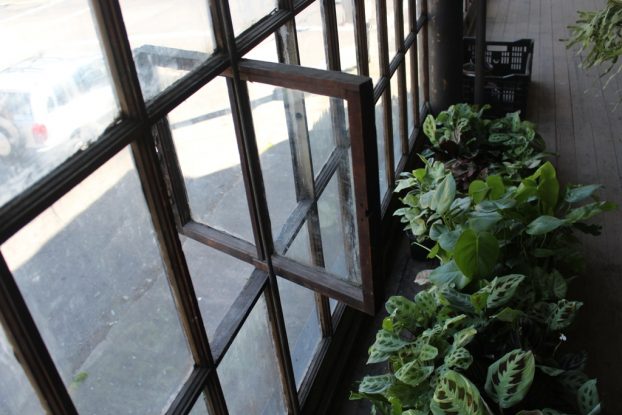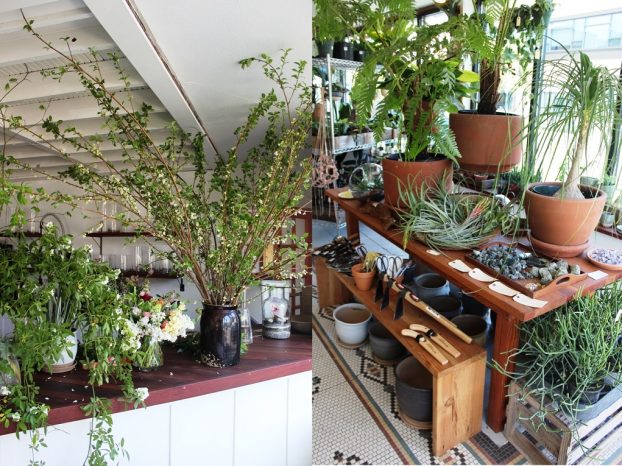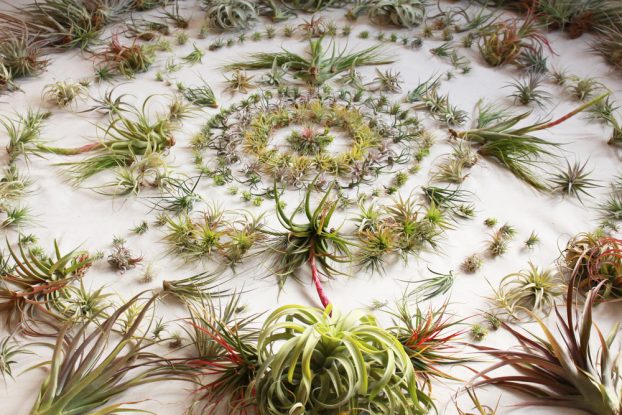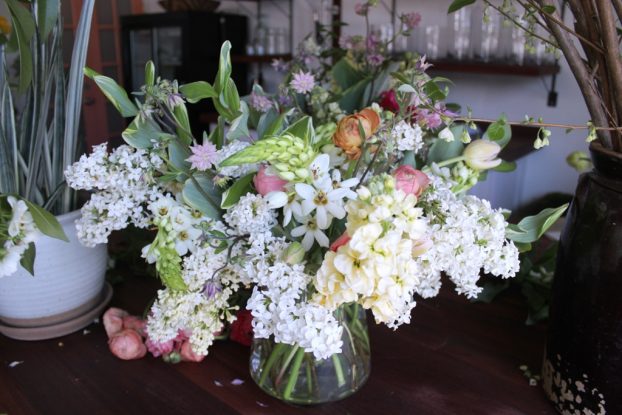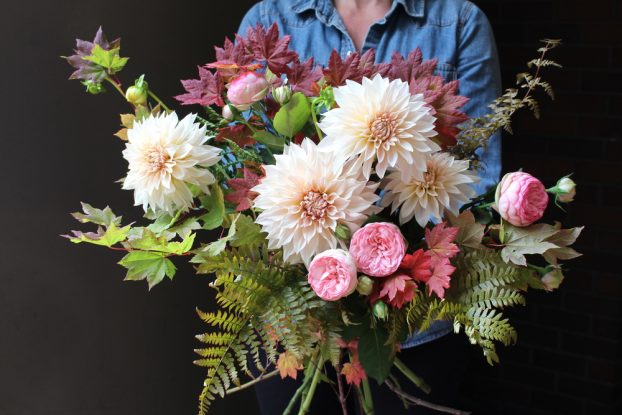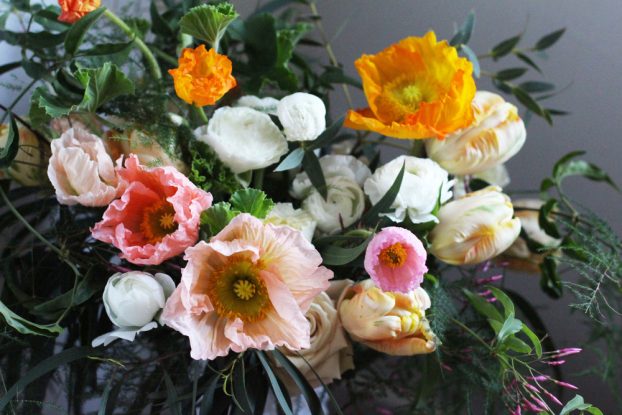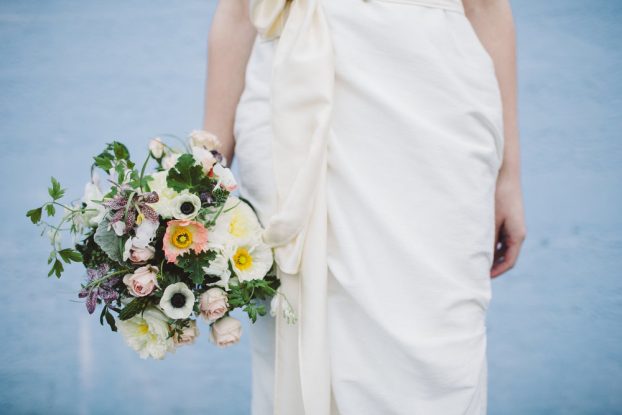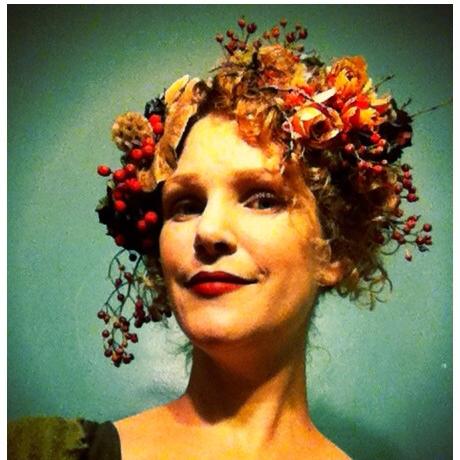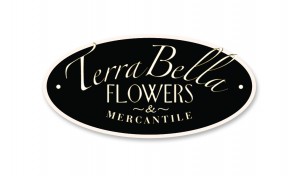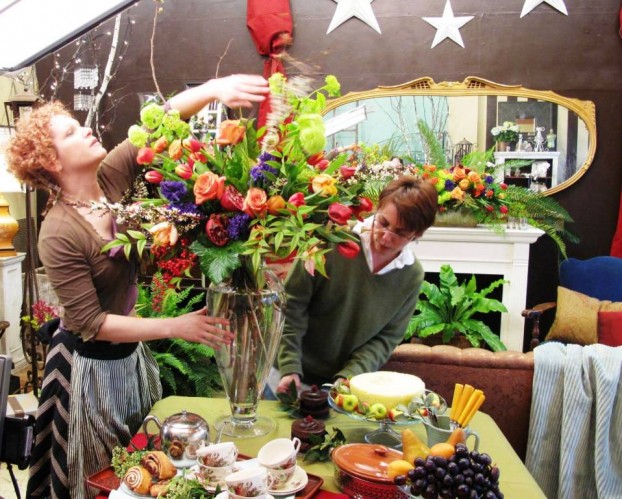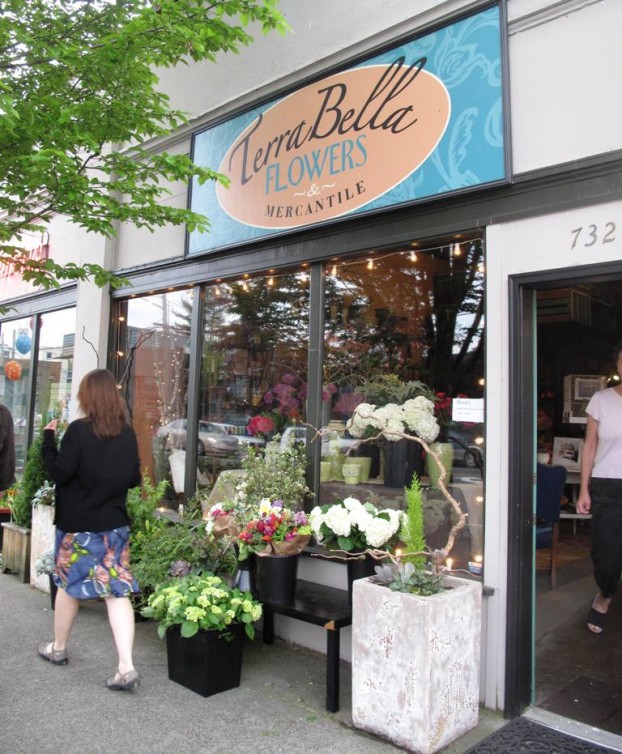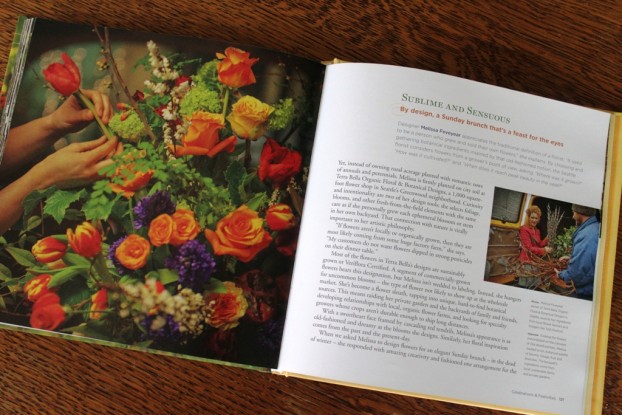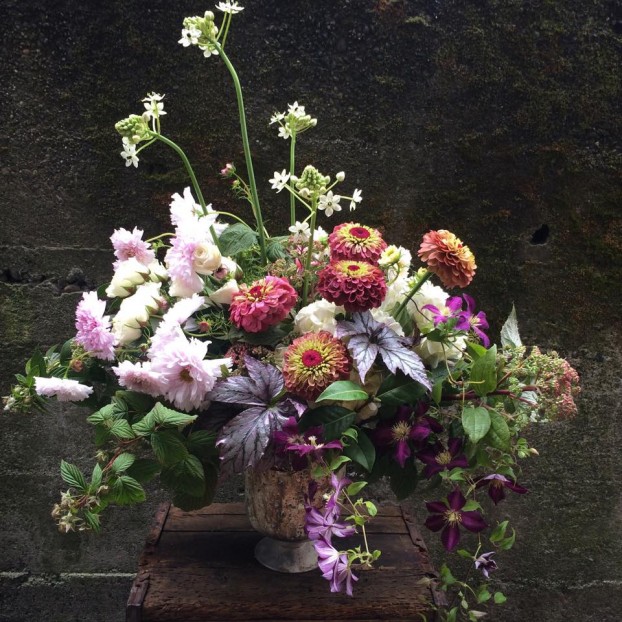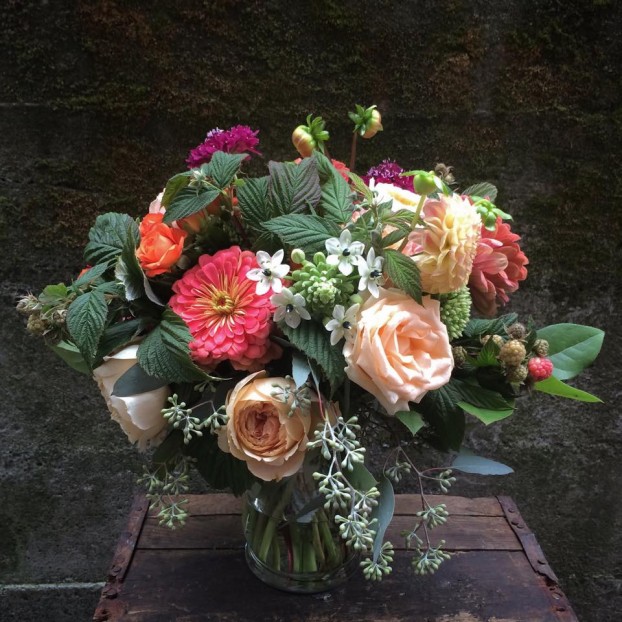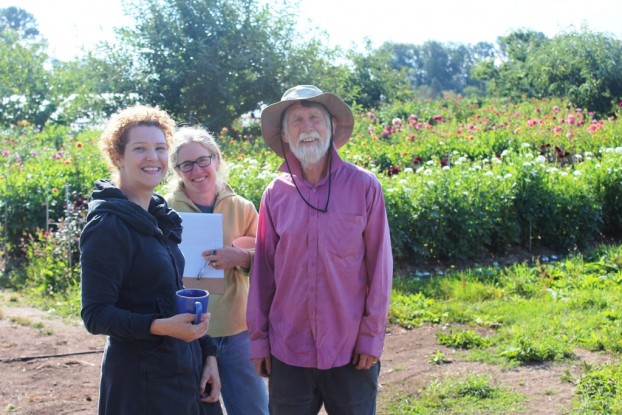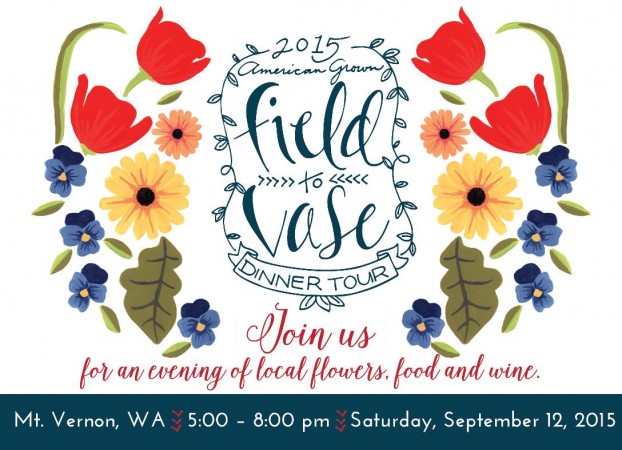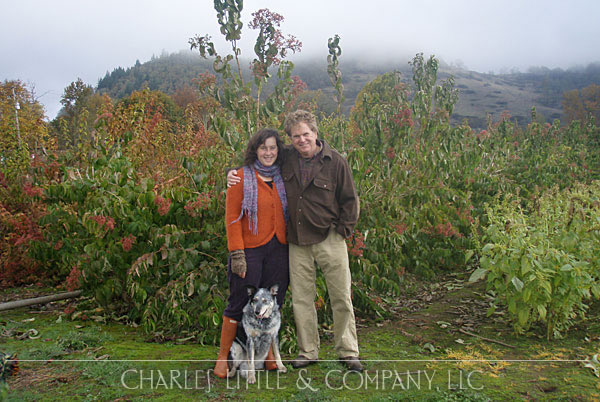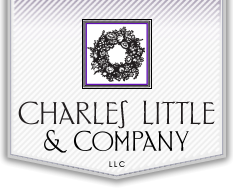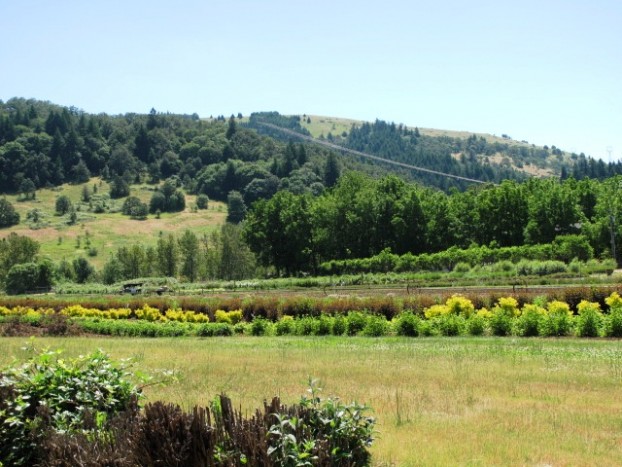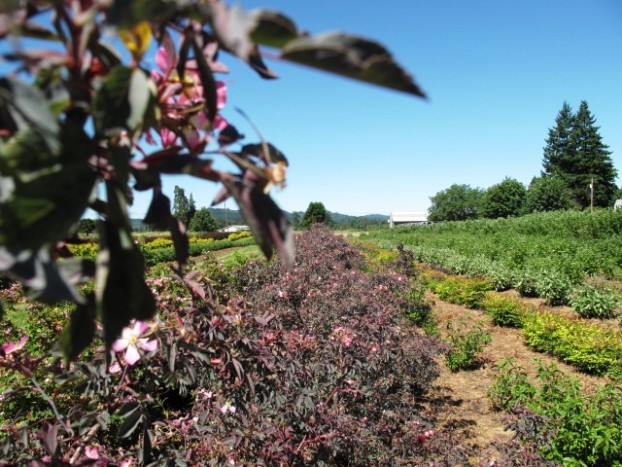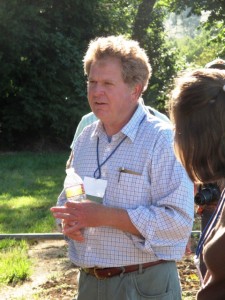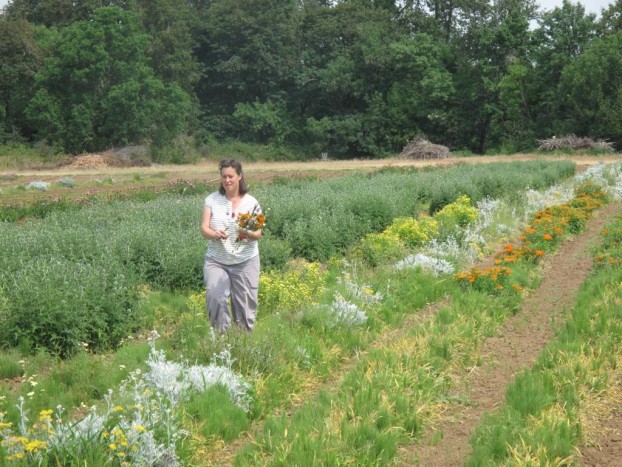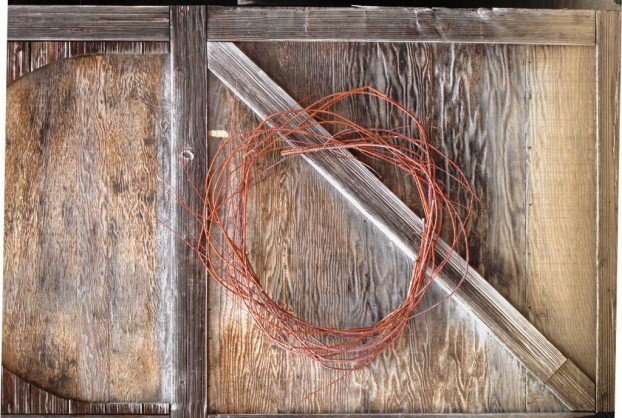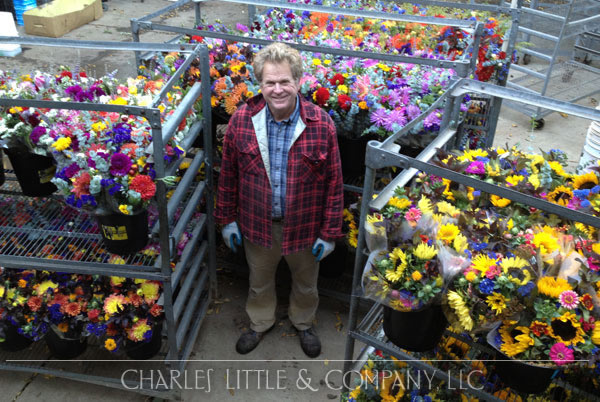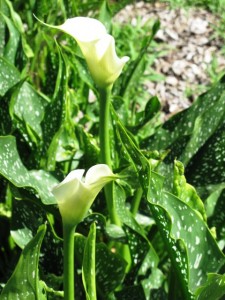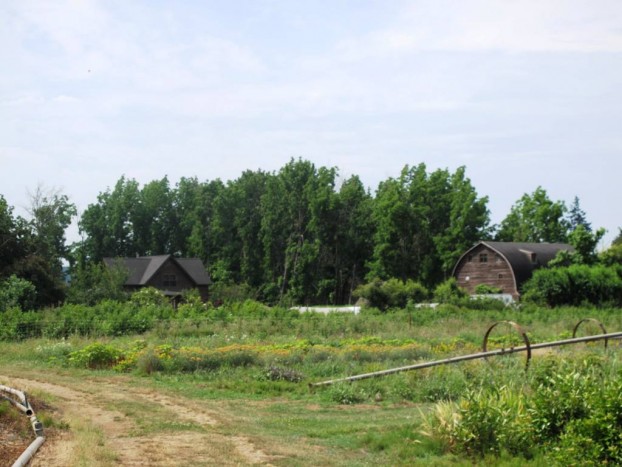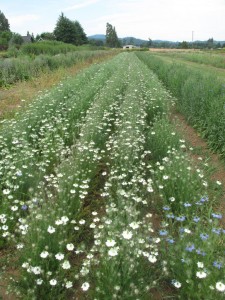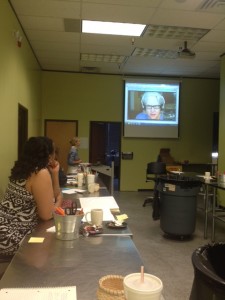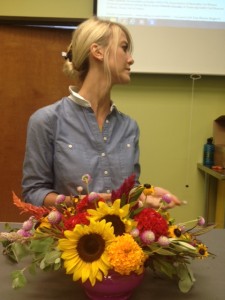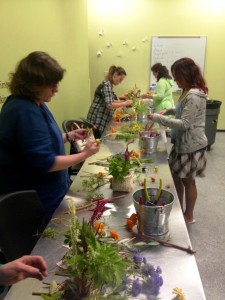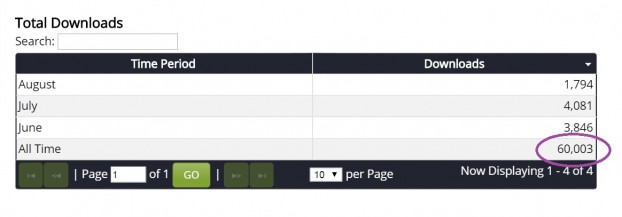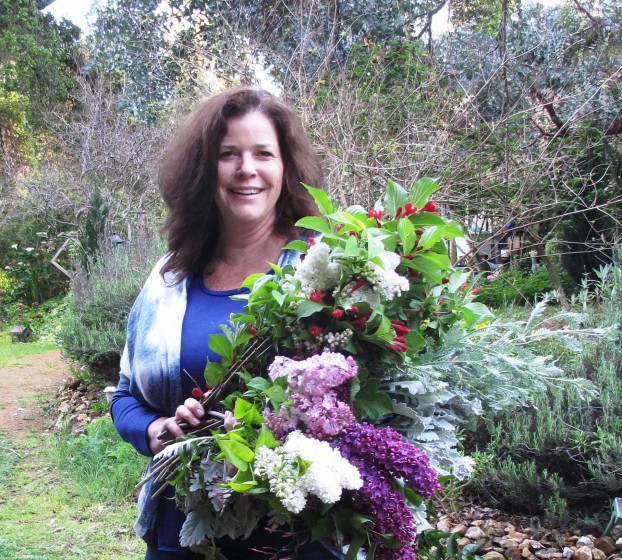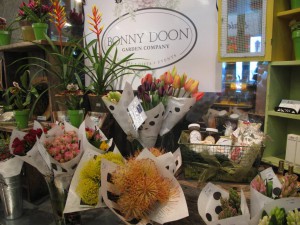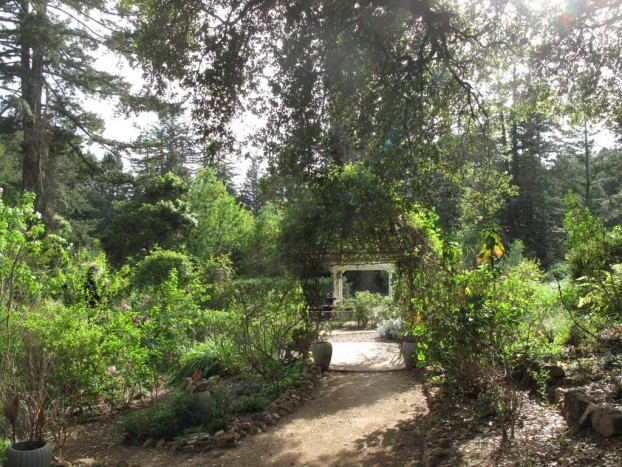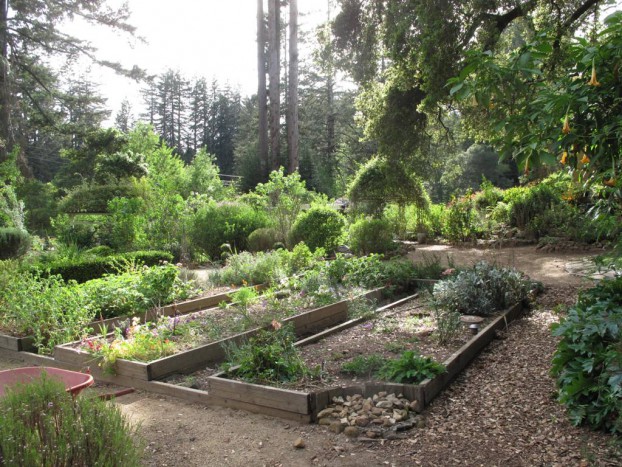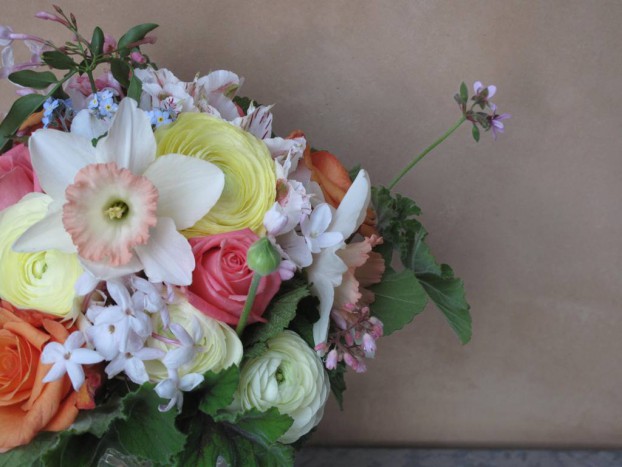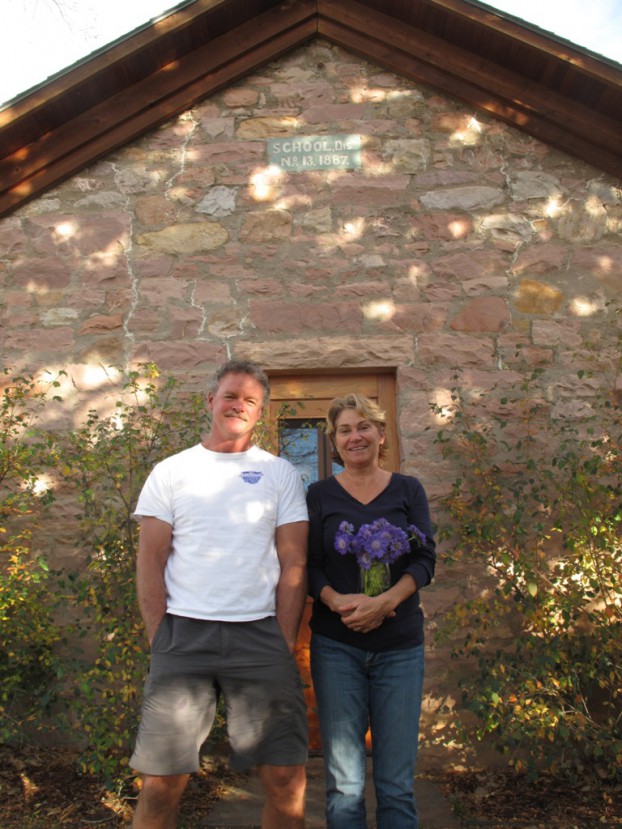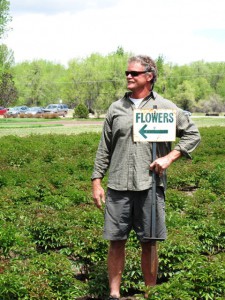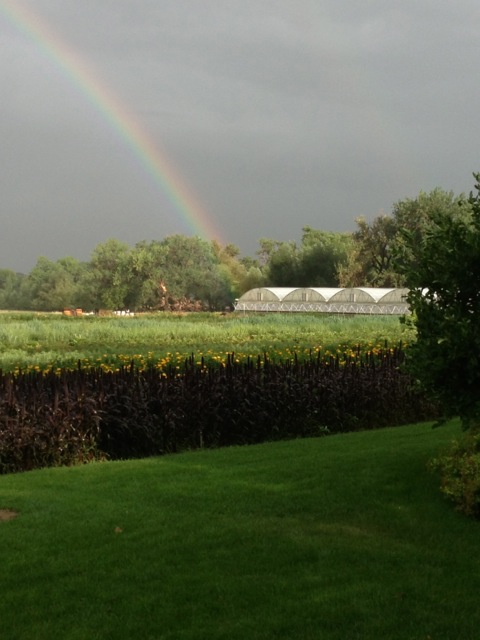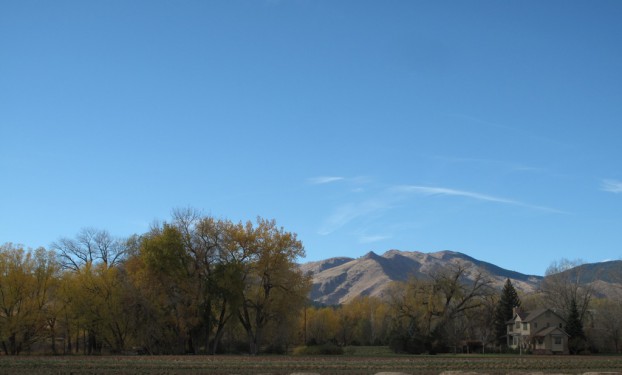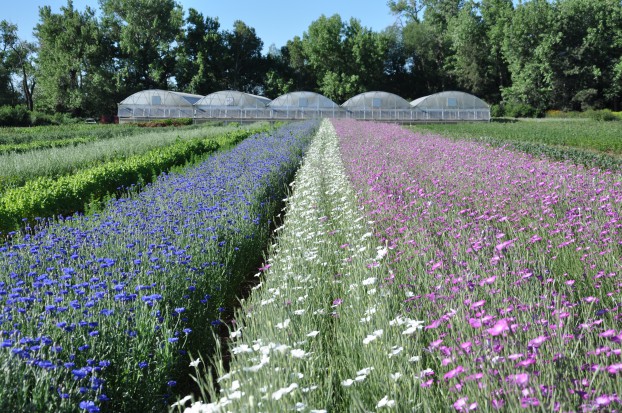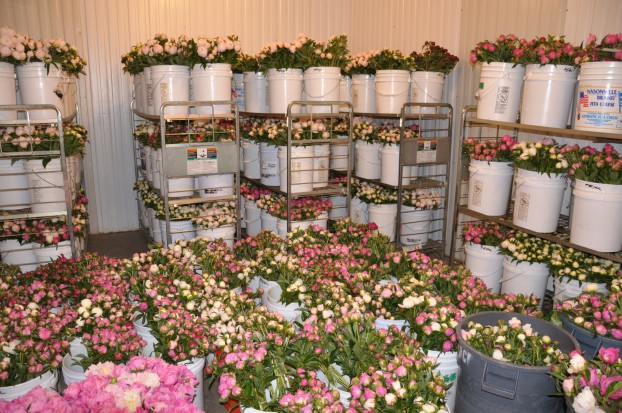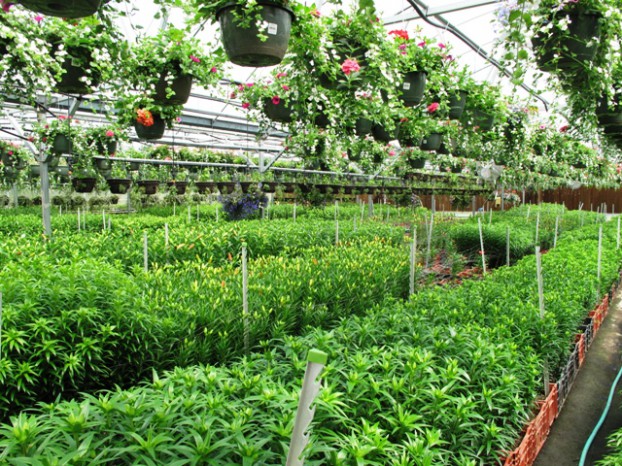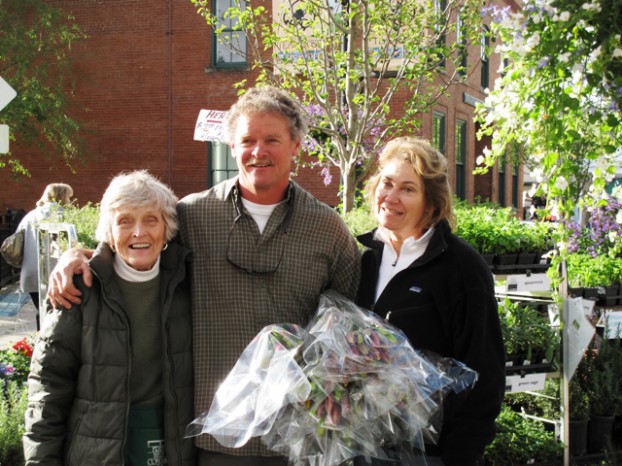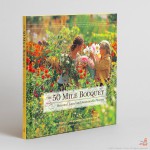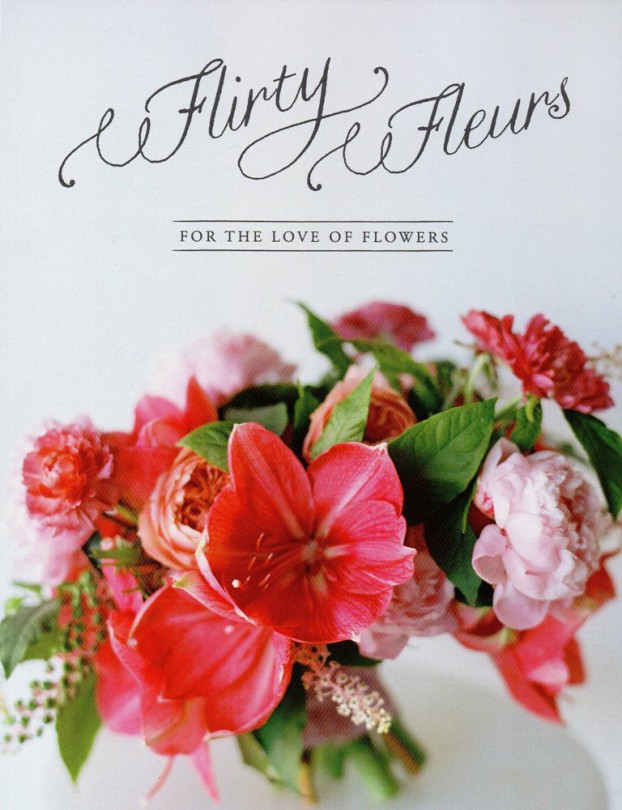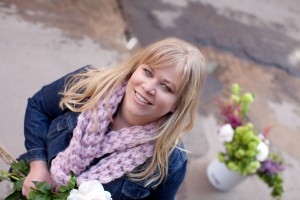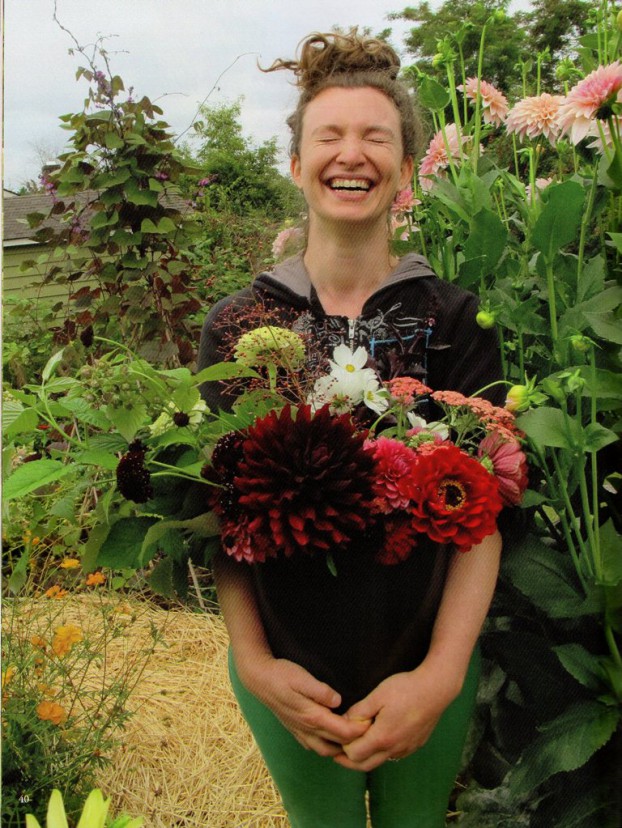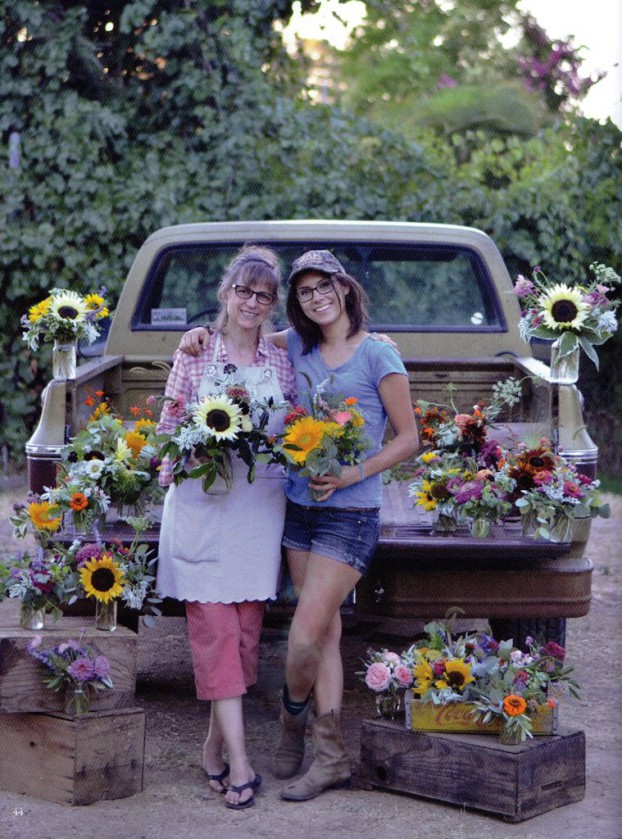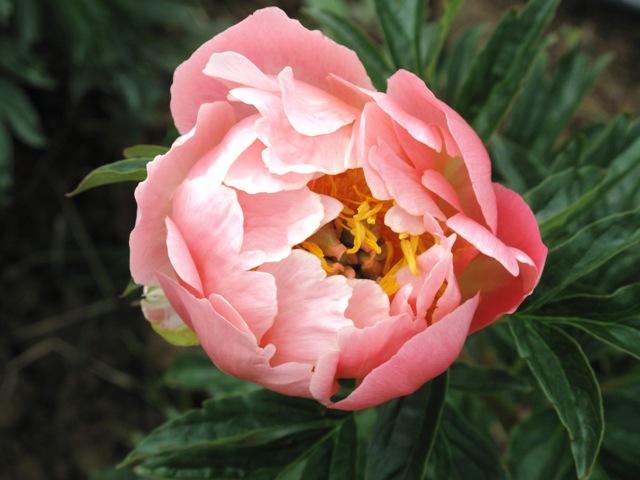Podcast: Play in new window | Download
Subscribe: Apple Podcasts | Podcast Index | RSS | More
When it was published in 2012, The 50 Mile Bouquet was the first book to spotlight a major cultural shift and a transformation around how cut flowers are grown, designed and consumed, closely mirroring the culinary world’s locavore/slow food revolution.
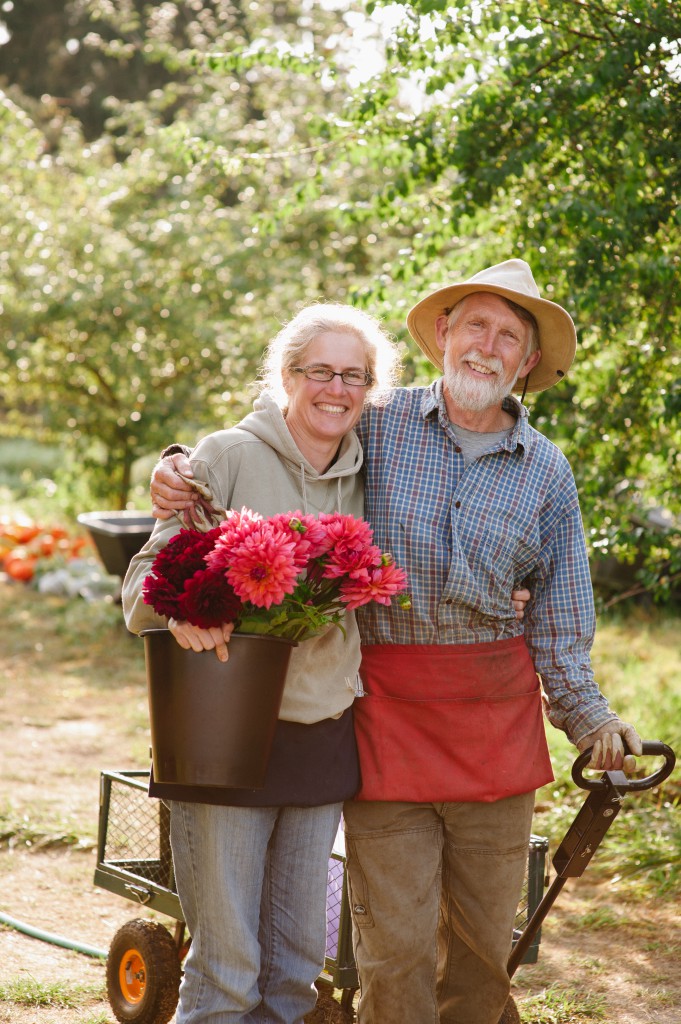
One decade ago, the floral industry was just beginning to ask for changes, seeking alternatives to imported, mass-produced and chemical-laden flowers. The 50 Mile Bouquet introduced some of the innovative voices of the dynamic new Slow Flower Movement: the organic flower-farmers, the sustainably motivated floral designers . . . and the flower enthusiasts who were increasingly asking, ‘Where and how were my flowers grown, and who grew them?’
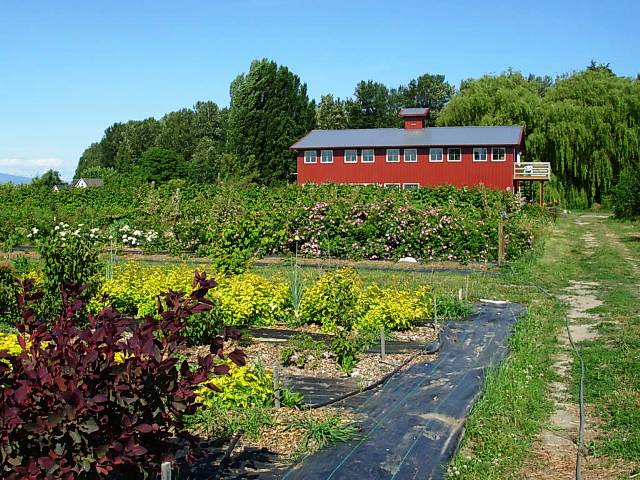
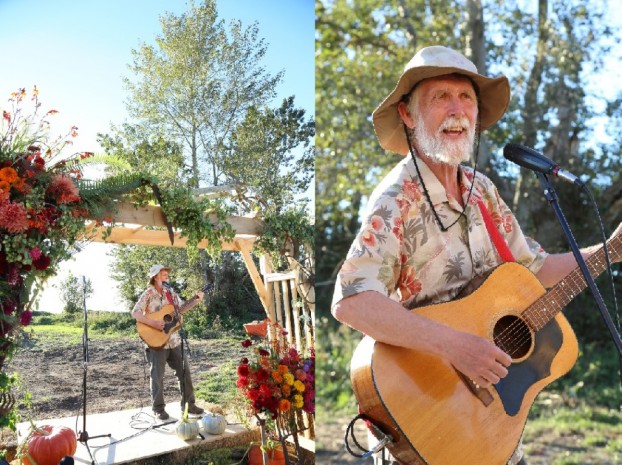
The 50 Mile Bouquet’s documentary-feature reporting and photography took readers into the personal stories of Slow Flowers practitioners. Its relevance today is more important than ever, considering issues around climate change, supply-chain limitations, and equity in the marketplace.
Today’s guests involved me in their story, their flowers, and the renaissance of floral agriculture in the Pacific Northwest and beyond. I learned so much from them while interviewing and writing about the farms and design studios of Slow Flowers practitioners, even before I began to use the phrase, “slow flowers.”
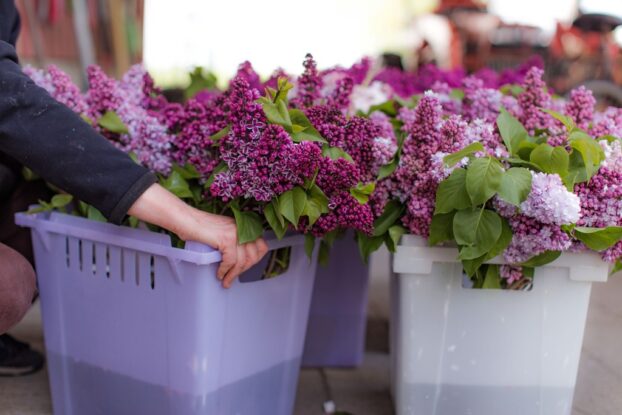
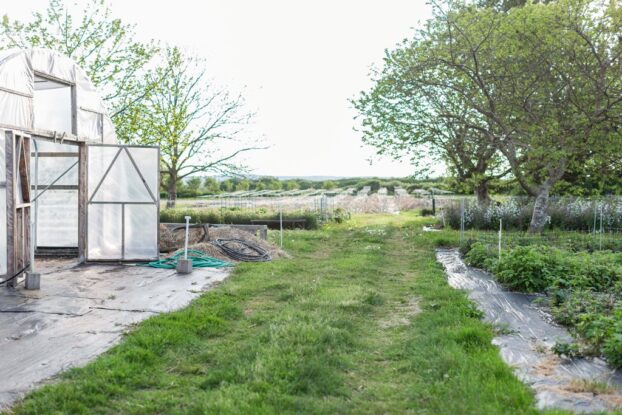
Let’s jump right in and meet Diane Szukovathy and Dennis Westphall, co-founders of Jello Mold Farm, in Mt. Vernon, Washington, and part of the group that established the Seattle Wholesale Growers Market in 2011. I’m so grateful to Diane and Dennis for their support and friendship over the past 12 years since we met. They are both past guests of the Slow Flowers Podcast and I consider them sustainability leaders and pioneers of the Slow Flowers Movement.
WATCH Seattle Wholesale Growers Market: Farm to Florist Video Series (Lilacs)
Find and follow Jello Mold Farm on Instagram:
@jellomoldfarm
@mister.mold
Jello Mold Farm on Slow Flowers Podcast (Past Episodes):
December 2015: Episode 225: Slow Flowers’ Holiday Special with Musician-Flower Farmer Dennis Westphall
April 2017: Episode 294: A Floral Collective of Greater Good: Celebrating and Selling Local Flowers with the Seattle Wholesale Growers Market’s Sixth Anniversary
This Week’s News
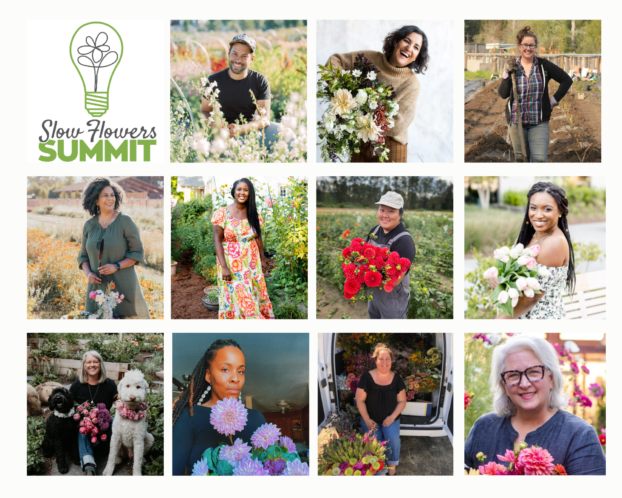
Middle row, from left: Gina Lett-Shrewsberry, Dee Hall, Tracy Yang and Valerie Chrisostomo
Bottom row, from left: Becky Feasby, Amber Tamm, Sarah Reyes and Debra Prinzing
And head’s up– next week, on December 1st, we will open the early bird registration for the 2023 Slow Flowers Summit! We are extending a $100 discount to members of the Slow Flowers Society and the general public who preregister for the Summit – through December 31st. You’ll want to take advantage of this offer to lock in your registration and take advantage of end-of-year savings. You’ll be hearing much more about this wonderful event, taking place over two days — June 26-27, 2023, returning to the Seattle Area where it all began in 2017. Can’t wait to share the full program, speaker lineup and special features with you.
Thank you to our Sponsors
This show is brought to you by Slowflowers.com, the free, online directory to more than 850 florists, shops, and studios who design with local, seasonal and sustainable flowers and to the farms that grow those blooms. It’s the conscious choice for buying and sending flowers.
Thank you to our lead sponsor, Farmgirl Flowers. Farmgirl Flowers delivers iconic burlap-wrapped bouquets and lush, abundant arrangements to customers across the U.S., supporting U.S. flower farms by purchasing more than $10 million dollars of U.S.-grown fresh and seasonal flowers and foliage annually. Discover more at farmgirlflowers.com.
Thank you to Red Twig Farms. Based in Johnstown, Ohio, Red Twig Farms is a family-owned farm specializing in peonies, daffodils, tulips and branches, a popular peony-bouquet-by-mail program and their Spread the Hope Campaign where customers purchase 10 tulip stems for essential workers and others in their community. Learn more at redtwigfarms.com.
Thank you to Longfield Gardens, which provides home gardeners with high quality flower bulbs and perennials. Their online store offers plants for every region and every season, from tulips and daffodils to dahlias, caladiums and amaryllis. Check out the full catalog at Longfield Gardens at longfield-gardens.com.
Thank you to the Seattle Wholesale Growers Market, a farmer-owned cooperative committed to providing the very best the Pacific Northwest has to offer in cut flowers, foliage and plants. The Growers Market’s mission is to foster a vibrant marketplace that sustains local flower farms and provides top-quality products and service to the local floral industry. Visit them at seattlewholesalegrowersmarket.com.
Gratitude for YOU
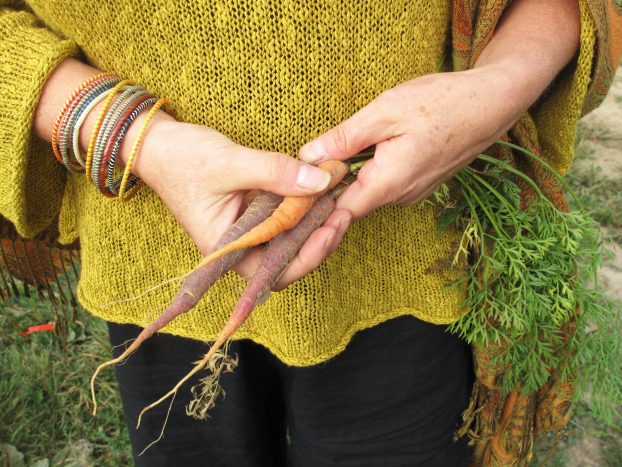
We’re airing this episode on Wednesday, November 23rd, the day prior to American Thanksgiving. I want to share my thanks with you and my gratitude for your ongoing support of this show. The Slow Flowers Podcast is a member-supported endeavor, downloaded more than 900,000 times by listeners like you. Thank you for listening, commenting and sharing – it means so much. As our movement gains more supporters and more passionate participants who believe in the importance of our domestic cut flower industry, the momentum is contagious. I know you feel it, too.
If you’re new to our weekly Show and our long-running Podcast, check out all of our resources at SlowFlowersSociety.com
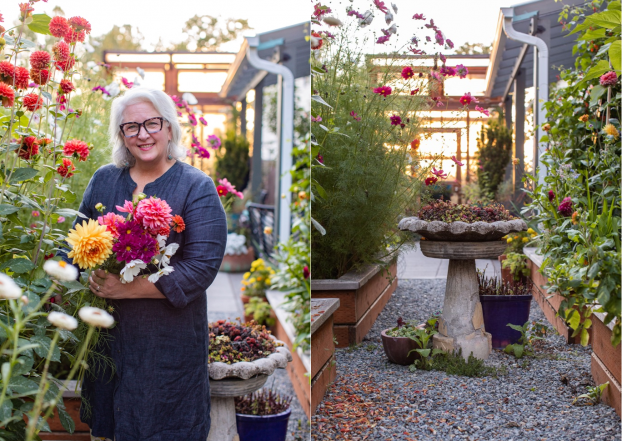
I’m Debra Prinzing, host and producer of the Slow Flowers Show & Podcast. The Slow Flowers Podcast is engineered and edited by Andrew Brenlan. The content and opinions expressed here are either mine alone or those of my guests alone, independent of any podcast sponsor or other person, company or organization. Next week, you’re invited to join me in putting more Slow Flowers on the table, one stem, one vase at a time.
Music credits:
Turning on the Lights; Gaena
by Blue Dot Sessions
http://www.sessions.blue
Lovely
by Tryad
http://tryad.bandcamp.com/album/instrumentals
http://creativecommons.org/licenses/by-sa/3.0/
Nice and Easy; In The Field
audionautix.com










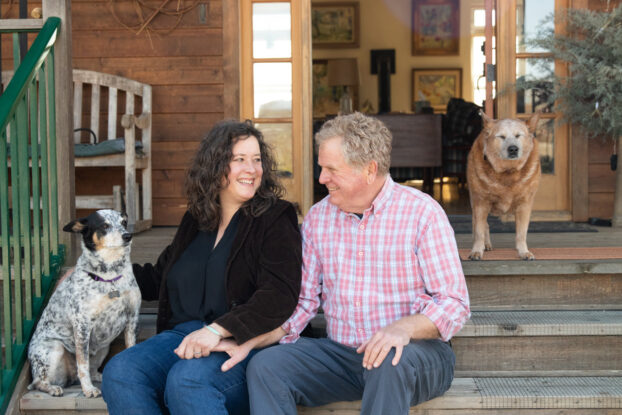
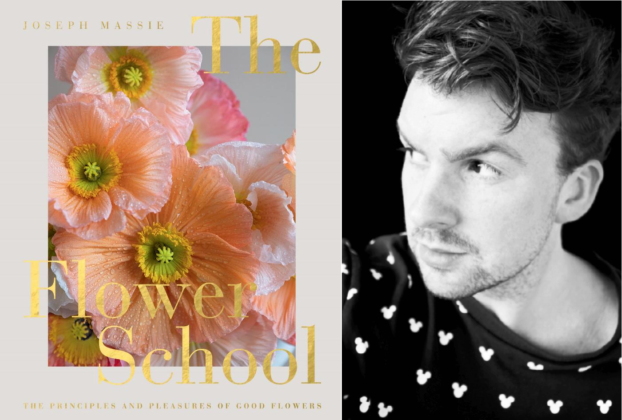
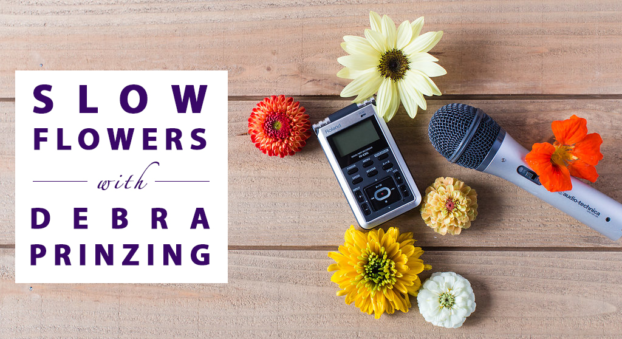
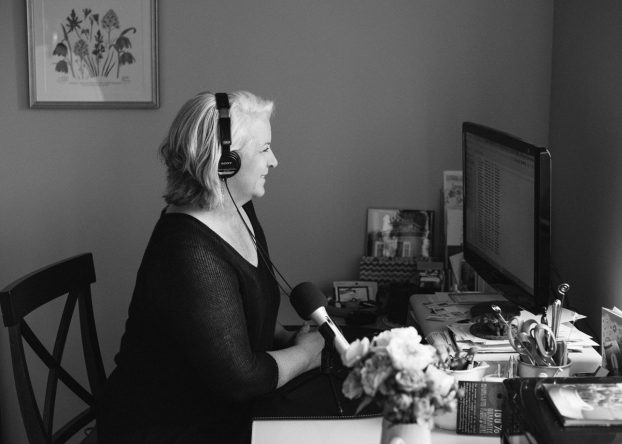
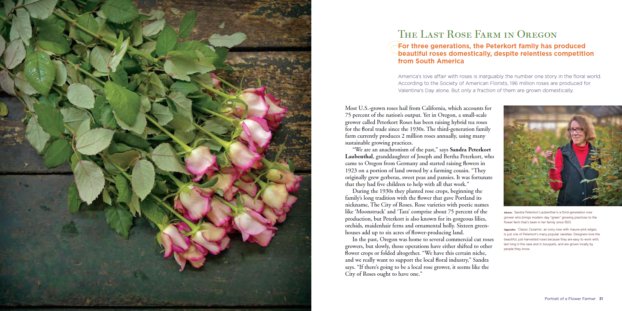
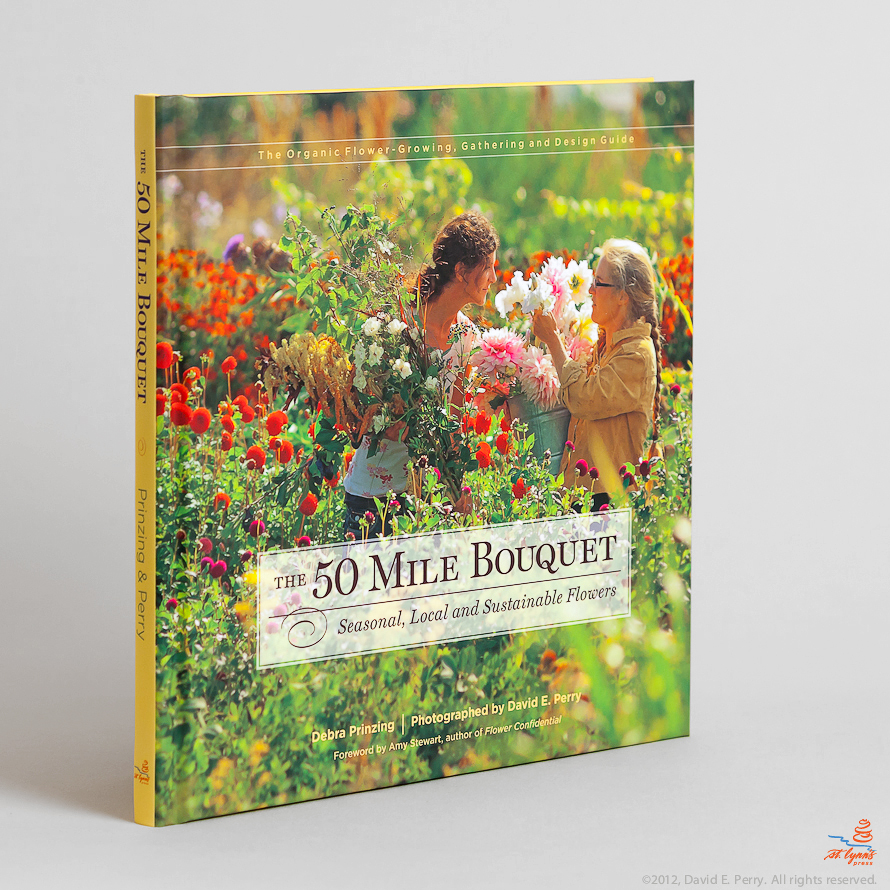 In another milestone of celebration, I’m devoting 2022 to a year-long series that revisits a book I wrote ten years ago —
In another milestone of celebration, I’m devoting 2022 to a year-long series that revisits a book I wrote ten years ago — 